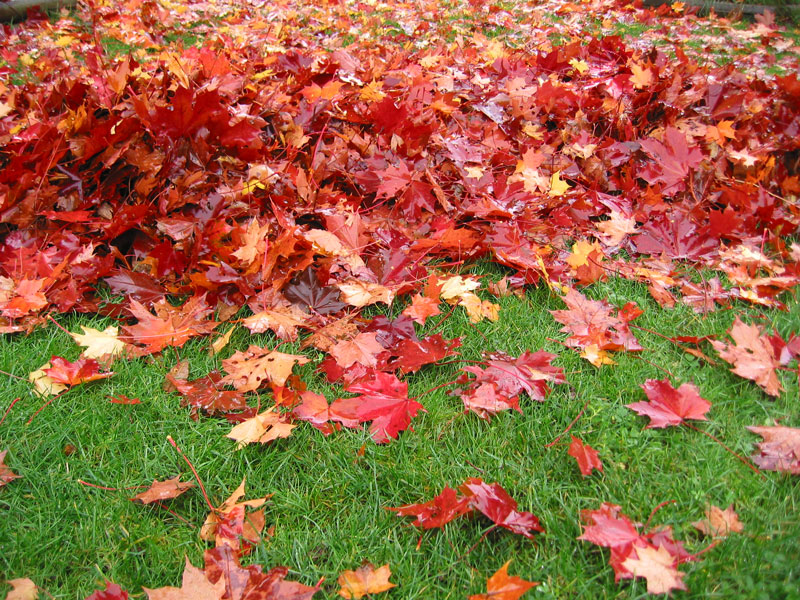
Thanksgiving is less than two weeks away, and the year-end holidays are close behind. If you’ve been meaning to get your yard ready for the winter, now is the time to do it. Here are some tips from landscaping professionals.
RAKE THE LAWN
Spending an afternoon raking the lawn may not break onto the list of your top 10 favorite things to do, but your yard with appreciate it. And so will little kids and dogs, when you have big piles of leaves! Raking prevents matted clumps of leaves from smothering the grass underneath and presenting you with bald spots in your lawn in the spring. Any kind of rake will do, although heavier rakes with inflexible tines have an added benefit: they help aerate the soil at the same time.
AERATE THE LAWN
Aeration — perforating the soil with small holes — allows air, water and nutrients to penetrate to the grass roots. This helps roots grow deeply and produce a stronger, more vigorous lawn. You can use simple hand tools or rolling tools that resemble manual lawn mowers. Check with a local landscaper or hardware store to get the right gear.
SPREAD LAWN SEED
Landscapers recommend overseeding in the fall to fill in aeration holes and bare spots and ensure a thick, green lawn. It also makes your lawn less susceptible to disease by introducing a mix of hardy grass types.
REMOVE DEAD BRANCHES AND PLANTS
Clearing out dead branches and plants in the fall saves you the effort in the spring — and brightens your yard’s appearance even when trees and shrubs are bare. Cut back dead ornamental grasses and perennials and remove dead annuals. Fall isn’t the time for heavy pruning — that’s a springtime chore to spur new growth — but trimming overgrown branches and removing dead wood will promote a healthier plant when it wakes up from winter dormancy.
SPREAD MULCH
Spread two to three inches of fresh mulch around shrubs and trees to protect the roots from frost damage and help retain moisture.
FERTILIZE TREES
Fall fertilization increases the productivity of soil, increasing nutrient levels and encouraging root growth. Trees and shrubs with a healthy root system are much more likely to overwinter with fewer dead branches and increased growth in the spring.
PROTECT DELICATE SHRUBS
If you live in high-elevation areas such as the Lake Tahoe/Truckee region, remember that heavy snow, ice, and high winds can dry and split delicate shrubs. Hide small plants under overturned plastic pots or buckets, and wrap shrubs, such as boxwoods, in burlap. Surround vulnerable trees with mulch or shredded leaves.
(Image: Flickr/Waferboard)

